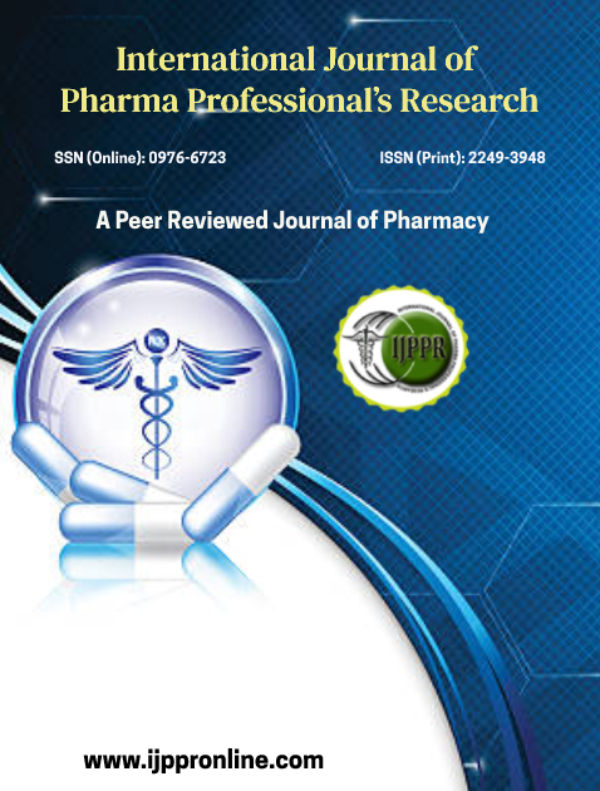An Overview on Sodium-Glucose Cotransporter 2 (SGLT-2) Inhibitors Induced Euglycemic Diabetic Ketoacidosis: Clinical Manifestation, Mechanism, Diagnosis, Prevention and Treatment
Keywords:
Euglycemic diabetic ketoacidosis, Sodium-glucose cotransporter 2 (SGLT-2) inhibitors, insulin, lipolysis, ketogenesis, risk factors, preventive methods
Abstract
Euglycemic diabetic ketoacidosis is a transient and dangerous metabolic condition characterized by ketoacidosis and considerably lower blood glucose levels which is associated with the usage of newer class of oral antidiabetic medication known as Sodium-glucose cotransporter 2 (SGLT-2) inhibitors. The primary mechanism involved in SGLT2 inhibitors induced eDKA would due to increased lipolysis and ketone body reabsorption. SGLT2i also tend to increase the pancreatic alpha cells, which simultaneously blocks the beta cells, thereby causing an disruption in glucagon/insulin ratio that accounts to enhanced lipolysis and ketogenesis, which is clinically manifested with Fatigueness, stomach pain, nausea and vomiting resulting in reduced blood pressure and dehydration, altered psychological condition, dyspnea, rapid breathing, loss of appetite, pyrexia and tachycardia. Despite lower blood glucose levels or the absence of urine ketones, euglycemic DKA is difficult to diagnose and should be examined in the differential diagnosis of an ill patient who as a previous history of diabetes mellitus. eDKA is often triggered by insulin absence or dose drop, severe acute sickness, dehydration, strenuous activity, surgeries, low-carbohydrate meals, or heavy alcohol or drug abuse. Making the definitive diagnosis using conventional diagnostic tools and clinical standards, as well as coordinating fluid resuscitation, insulin treatment, and electrolyte replacement based on information gained from prompt patient observing and knowledge of resolution criteria, are all components of management and the prevention method includes patient and physician education on risk and precipitating factors and suspending SGLT2 inhibitors therapy may reduce SGLT2 inhibitor-induced eDKA, which are more critical. This review briefly illustrates on the signs & symptoms, mechanism of induction, investigation and diagnosis, prevention and treatment of SGLT2 inhibitors-induced Euglycemic diabetic ketoacidosis (eDKA).
Published
2024-01-10
How to Cite
Neena Kirubakaran E.M, Aakash. R, Aswin Prathap. S, Deepak Raj. S, & Dharshne. P. T. (2024). An Overview on Sodium-Glucose Cotransporter 2 (SGLT-2) Inhibitors Induced Euglycemic Diabetic Ketoacidosis: Clinical Manifestation, Mechanism, Diagnosis, Prevention and Treatment. International Journal of Pharma Professional’s Research (IJPPR), 15(1), 1-9. Retrieved from https://www.ijppronline.com/index.php/IJPPR/article/view/363
Section
Articles










